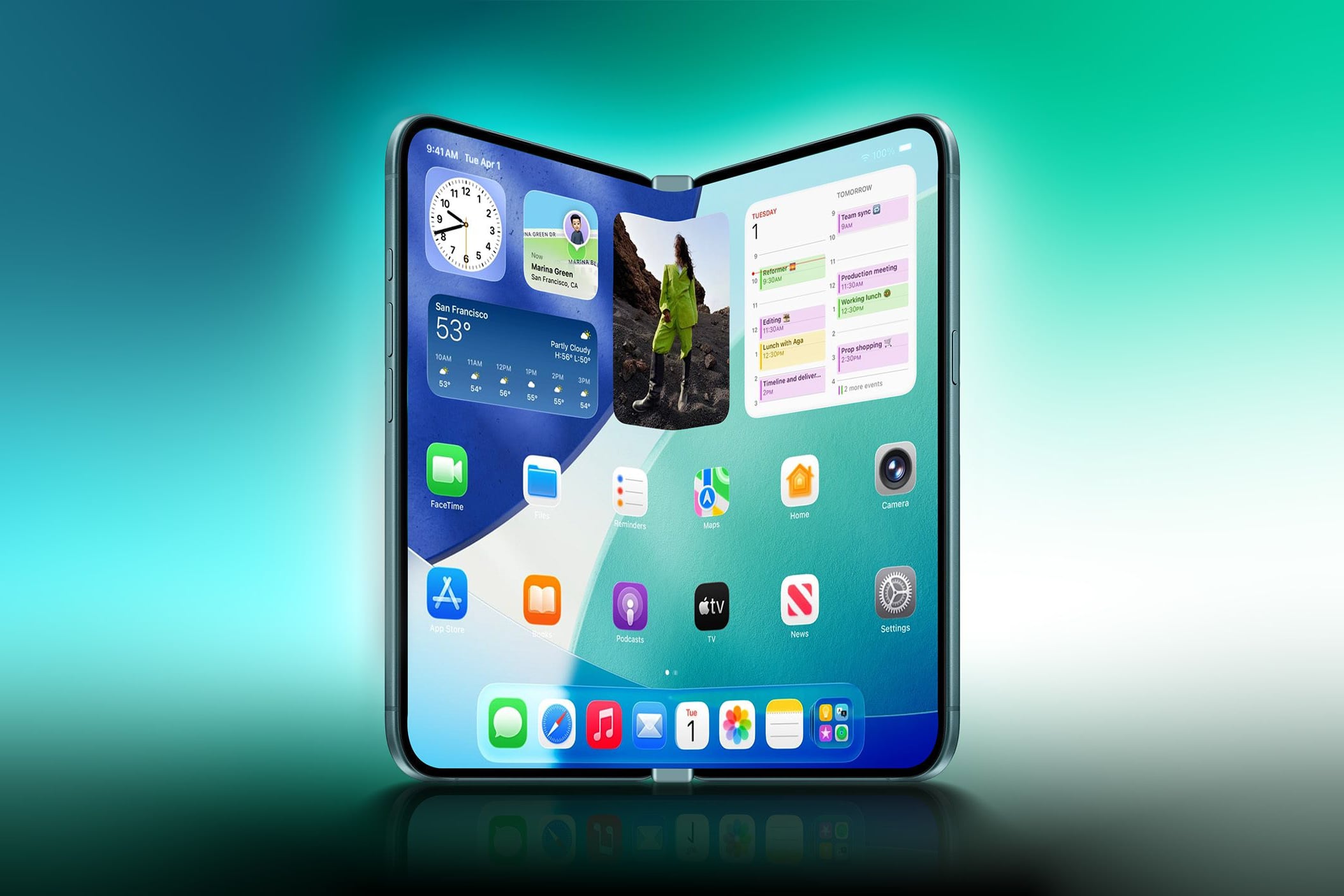The search for alien life has become a priority for NASA: the ambitious Habitable Worlds Observatory (HWO) project is coming to fruition. It was suggested in a study by the US National Academy of Sciences in 2020, large infrared/optical/ultraviolet space telescope currently under development.
At least three well-known companies – BAE Systems, Lockheed Martin and Northrop Grumman – received funding contributions of US$ 17.5 million (R $ 94 million) to research innovative optical solutions, develop an integrated modeling infrastructure and develop technologies for the operation of the telescope.
With studies scheduled to begin in August, the HWO mission plans to send into space “the first telescope specifically designed to search for signs of life on planets orbiting other stars,” according to NASA’s website. Well, capture direct images of planets similar to oursIt orbits stars similar to our sun.
How does NASA plan to find extraterrestrial life?
In addition to identifying and directly imaging at least 25 potentially habitable worlds, HWO will also have the capacity to conduct spectroscopic surveys to investigate chemical “biosignatures” in the atmospheres of these planets.. This means the presence of atmospheric gas molecules such as oxygen and methane that are produced or consumed by living organisms.
The goal is a world with some characteristics similar to ours, such as size, mass, rock composition, distance from the star, atmosphere, among others. However, it does not guarantee either the existence of life or the possibility of life based on a chemistry completely different from our own.
Therefore, the North American space company plans to design the HWO based on work carried out for two concepts designed for future missions: the Large Ultraviolet Optical Infrared Investigator (LUVOIR) and the Habitable Exoplanets Observatory (HabEx).
What equipment has already been ordered by NASA for HWO?
The three proposals selected by NASA aim to meet some of the technical specifications the space agency announced in January. To meet these specifications, equipment must be capable of “simultaneously delivering powerful capabilities for transformational astrophysical discoveries, from our cosmic backyard of the solar system to the distant universe and everything in between.”
One of these equipment is new Coronagraph, instrument that observes faint and faint objects near very strong light sources, like stars. In the case of HWO, this device would need to be thousands of times more efficient at blocking light from the host star.
Other equipment ordered consists of an extremely robust and precise optical system. In order to capture one-atom-wide images during an observation, these lenses, mirrors and other devices will need to remain stationary, that is, motionless and vibration-free.
Are we closer than ever to discovering life beyond Earth? Check out the TecMundo Science section to follow the details of this mission. Until later!
Source: Tec Mundo
I’m Blaine Morgan, an experienced journalist and writer with over 8 years of experience in the tech industry. My expertise lies in writing about technology news and trends, covering everything from cutting-edge gadgets to emerging software developments. I’ve written for several leading publications including Gadget Onus where I am an author.













